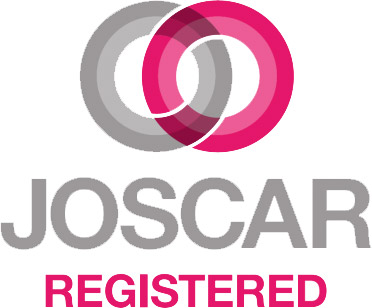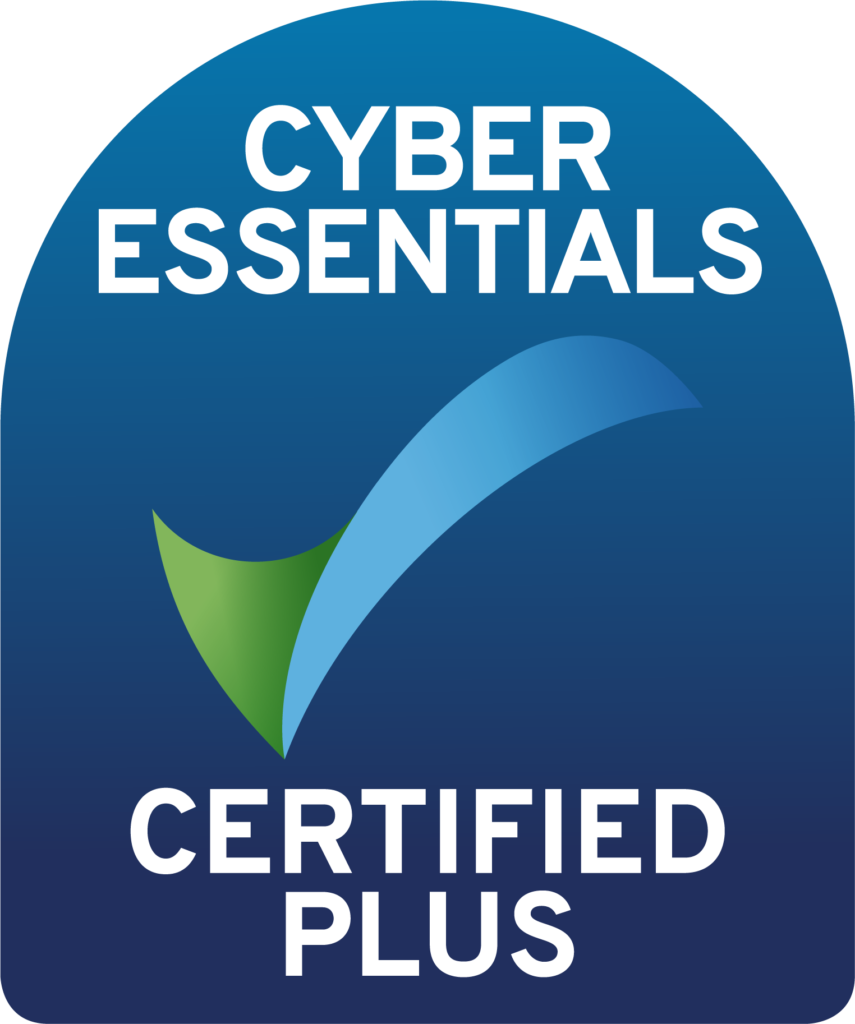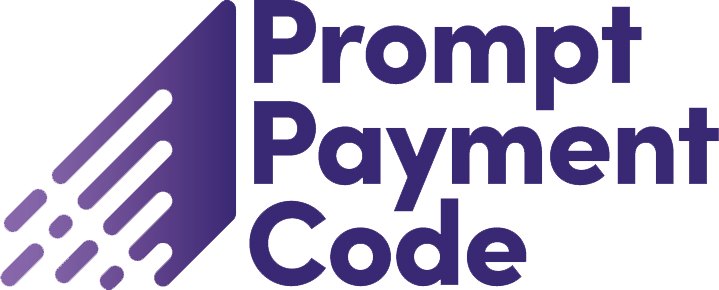Risk management software can be a powerful tool to help your small business deliver projects efficiently and effectively. There’s a perception risk management software is just for enterprise businesses…
But with SMEs still tracking projects via Excel spreadsheets, moving to a software system can often be a real opportunity to drive smarter ways of working. Enhanced project visibility, more predictable budgets, improved team communications and accurate tracking are just some of the benefits you can expect to see. But, where do you start if you’re looking at a risk management implementation?
Understand the risk
Understanding your business risk has to be the starting point. Being realistic and honest about these will help you scope out the role software can play to enable and support your activities.
Starting small is the best advice here, building in additional processes as your project gathers pace. Resist the urge to solve all your challenges on day one. Project success relies on whole-business buy-in. Iterative steps will help your team see the benefits sooner, therefore encouraging their confidence. Working in key stages like this is a great approach, potentially kicking-off with key employees who could become ambassadors for the platform. Another starting point is in areas where you can drive visible, valuable wins, quickly.
Have a plan
Implementing a new risk management system marks a significant shift in your business culture – it’s a real sign of maturity. With it comes managed change, a new set of expectations and behaviours will be demanded from employees. You might consider appointing a dedicated roll-out and adoption team. Resource is a major challenge for small businesses but delegating ownership for driving this change and employee engagement, possibly at a senior level, will really help shape the right environment for your SME to adapt.
Support your roll-out team – even if it’s just one person – with a strong plan and communicate the key benefits with your other employees consistently.
Engage at all levels
A risk management software platform is only as good as the team using it; this is true whatever your business size. Commitment to the process from all levels is vital for success. Understand existing pain points and demonstrate how your new implementation will address these. Getting input from your team on both the planning and operational phases can transform your project outcome. As a small business you have that advantage of being able to do this openly, flexibly, possibly even on a 1-2-1 basis. And once the software platform is live, share user adoption levels and invite employee feedback.
Making sure your team is empowered to use the platform fully; your risk management software partner should provide comprehensive training and coaching to maximise a positive user experience, with ease and simplicity at the very centre of its platform.
Track and communicate
You can’t manage what you can’t measure. Ensuring your process is underpinned by the right tools to track your project is key. By establishing metrics at the outset, you can both measure and share success. As a business owner, you can boost support from key stakeholders. Capture the right level of detail to help drive divisional and personal ownership. Building communication into your deployment is also a key asset for success and creates that transparency throughout the project.
Lead by example
Whether you’re founder, CEO, MD or director, you are perfectly placed to be your own risk software evangelist. Set an example by embracing the new opportunities and enhanced efficiencies delivered via the software. Really be seen to be using it to drive your own workflows, business processes, and decision making.
Show that you are a committed user yourself. This will help you educate users by communicating the “why” of the implementation. Colleagues will see the value the platform brings them, to make their day that bit easier – and your business that much smarter.
First published on FreshBusinessThinking.com August 2016











